|
El Malecón, Havana, Cuba 🇨🇺 August 2017. Maria Belford aims her eye through the maze of the ordinary and the everyday not in order to speak for the subjects who inhabit these spaces, but in an attempt to listen through the lens to the stories singing out from the heart of their own precious lives. "I think so much art- even beyond photography, is too performative and too focused on the 'extraordinary' narrative of marginalized groups." While one's vision will always be subjectively one's own, Belford aims to lean in to the rough and tumble spaces, capturing as authentically as possible the living poetry of lives that are never without their own story. "Everyone, here, has the vision, what they lack is the method." Every person's life is singing some deep inner song and that cannot be written or sung for them. A voice comes through regardless the place one wants to put it. Perhaps some art wants to speak for others so as to protect themselves from what those voices really have to say. Belford believes the opposite is called for. Called for might be the wrong word, it is the thing that already inheres in every marginalized and non-marginalized life, a unique and utterly authentic story-song. Why music? Because every life is composed from a unique cadence and groove, everybody knows what they've seen and can speak what they've seen in the forest of signs. Documenting the multi-faceted stories of the misunderstood, not altering, not speaking for them, but leaning in, listening closely to what's already singing out. Can you hear it? Turn down the volume of your eyes and look closer. AHC: What has your own personal evolution towards a life in art & photography been like, are there a series of moments you can recall where this path, this calling, began to become the one clearly marked for you? Maria: I come from a long lineage of artists and creatives so there were always influences and inspirations around me from a young age that initially sparked my interest in the arts. I also spent a lot of time with my grandfather looking at National Geographic magazines, and that's where my initial interest in photojournalism really started. I've always been interested in storytelling and documentation of life's moments- and that combined with my love for travel really started my interest in photography specifically, and helped me realize my talent and passion. When I moved to New York in the Fall of 2011, one of the first exhibits I saw was a street photography exhibit at the Jewish Museum called The Radical Camera. That was really an 'ah-ha' moment for me where I really made the decision that pursuing photography professionally was what I wanted - and needed- to do. Jackson Heights, Queens New York 🇺🇸 2014. AHC: Could you explore and expand on some of the motivating ideas at work in your photography and the process behind the making of them? Creating, as you describe it, a connection and commonality with the subjects depicted, has me thinking about the small and large ways in which we fail to live up to this in our daily lives, missing the basic human commonality by honing in on the differences, do you hope, in part, that taking in life, as you do through your lens, perhaps helps, in some way, to create a bridge that crosses over into our daily ways of seeing the world and the most marginalized and vulnerable in it? Maria: Honestly I think so much art- even beyond photography- especially when it is created by someone who is not directly aligned with the subjects themselves, is too performative and too focused on the 'extraordinary' narrative of marginalized groups. My work aims to document the everyday, the seemingly 'unimportant', the average, the mediocre- in the most authentic way possible. It is through my lens and therefore still through my vision but I really aim to ensure that the subjects are still expressing their own narratives and stories through my work. Fulton Street, Cypress Hills, Brooklyn 🇺🇸 2015. AHC: Who are some of your artistic influences? Is there anyone outside of the art/photography world who has had a huge impact on you and your work or who just generally inspire you on some level, writers, filmmakers, comedians, musicians, teachers/mentors, family members? Maria: In terms of photographers, two that I follow closely and am consistently impressed and inspired by are Newsha Tavakolian and LaToya Ruby Frazier. I'm also influenced by a lot of writers- including the work of Edwidge Danticat and poets like Anna Akhmatova, Nayyirah Waheed, Suheir Hammad and Eve Ewing. I'm lucky enough to be surrounded by friends and family members who are all so incredibly talented creatively across a variety of mediums including music, writing, fine arts, filmmaking and comedy and the energy and passion that they bring to their own work is a constant inspiration for me. Havana, Cuba 🇨🇺 August 2017. AHC: What do you consider, personally, to be the most sacred and enduring aspects of art? How does it enrich our world and our cultural memory? How has it enriched or altered your own life? In your opinion, what does art, at its finest moments, bring into the world that would otherwise leave us more impoverished without it? I know you've described film and photography as a medium of catharsis, is this, for you, one of the defining powers of art, to shoulder some of our burdens, to tap into those repressed emotional, psychological, physical wounds, to give expression and voice to what aches in us, to be heard, seen, understood? Maria: Nina Simone once said "An artist's duty, as far as I'm concerned, is to reflect the times"- and I am in complete agreement with that and find it to be one of the most enriching and important responsibilities as an artist. I aim to capture moments that would be otherwise fleeting, experiences that are incredibly life changing for better or worse, and places and people before they are changed or displaced. Most of my work is about documenting the stories of others who are often misunderstood or misrepresented. In my next phases of work I hope to start reflecting on my own emotions and experiences and using my work as a way to better understand myself. Astoria, Queens New York 🇺🇸 2014. AHC: What is the first work of art you encountered that took your breath away, that lit a fire in you? Maria: Since I've always been surrounded by art and artists in my personal life, through my education and professionally- I don't know that there was one singular piece of art that ignited my passion for creativity. I think one of the most recent exhibits that really blew me away was Kehinde Wiley's A New Republic in 2015 at the Brooklyn Museum. Havana, Cuba 🇨🇺 August 2017. AHC: Do you have any words of advice or encouragement for young artists and other creatives who are experiencing self-doubt in their art, frustration or blocks? What are the types of things that have helped you to move past moments where you may have become stuck creatively? Maria: My advice is to not feel stuck in the "should" or "supposed to" mindset when it comes to creating a certain type of art. Let go of your expectations. When I walk out with my camera, I may have a focus in mind but I don't start shooting with the expectation that I'm going to get a specific photo or capture a perfect moment. Often times the best work I've produced has come out of a casual, un-focused photographic session. Be authentic, and understand that you're always going to be learning and never going to have it completely figured out. That's the beauty in creating. Fulton Street, Brooklyn, New York 🇺🇸 June 2015
AHC: Do you have any upcoming exhibits or new projects you'd like to tell people about? Maria: I'm currently working on a project in my own neighborhood of Cypress Hills, Brooklyn which is a photography and documentary film project exploring the lives of the Latinx community here. Stay tuned! For more visit www.mariabelford.com/ All images © Maria Belford
0 Comments
Leave a Reply. |
AuthorWrite something about yourself. No need to be fancy, just an overview. Archives
April 2024
Categories |
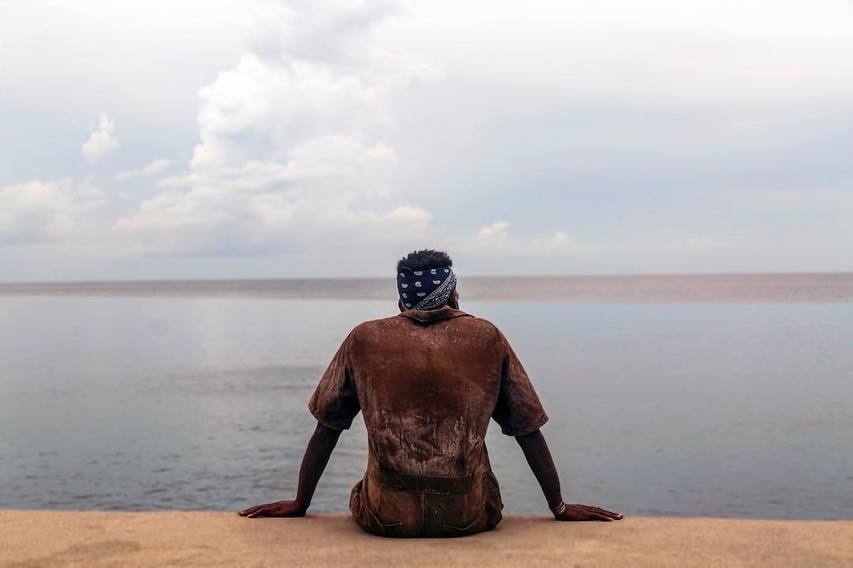
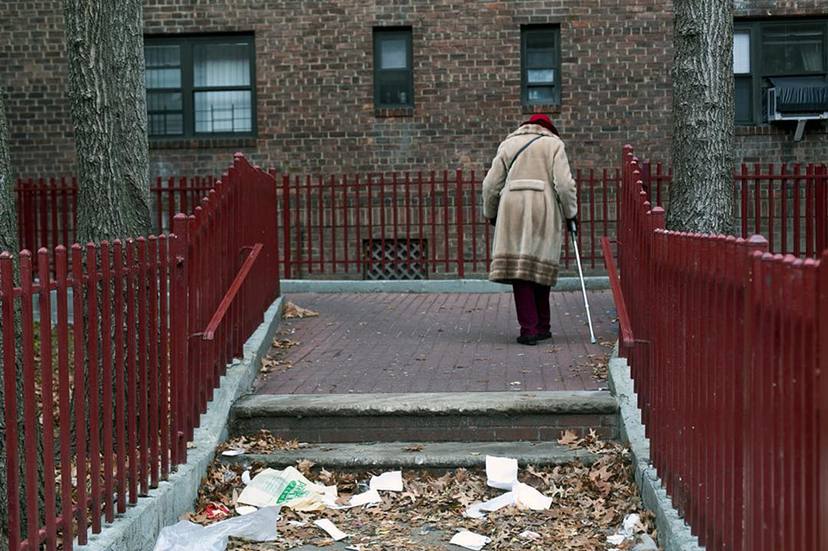
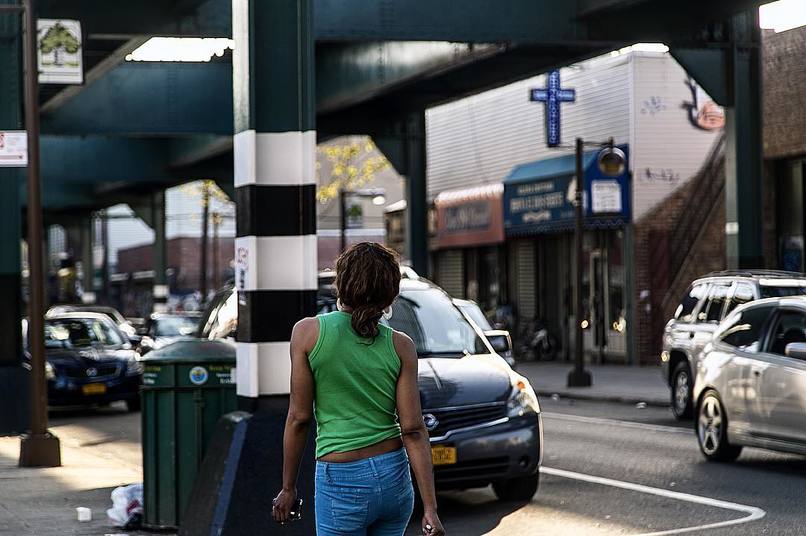
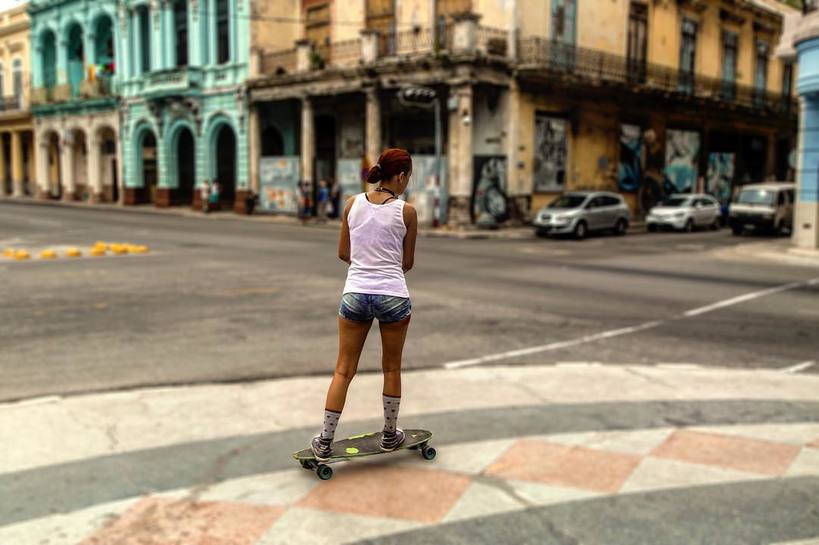
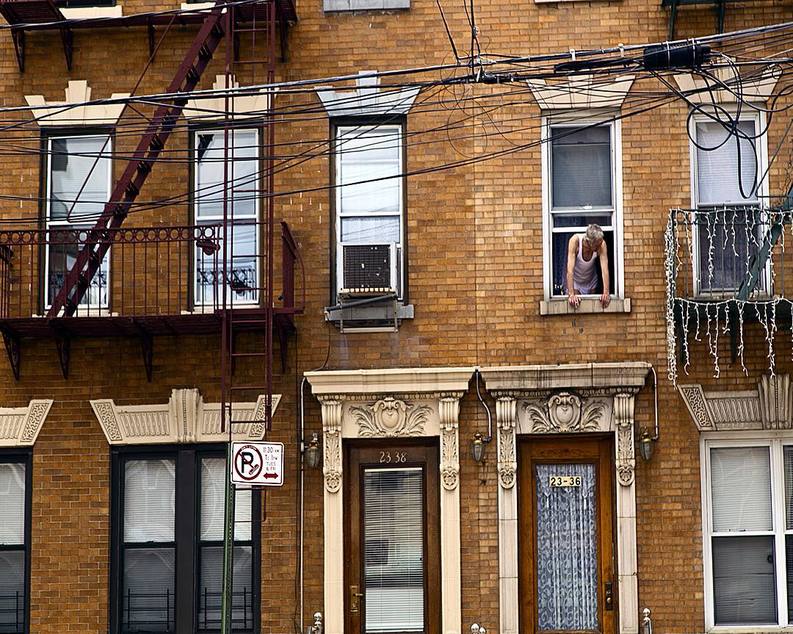
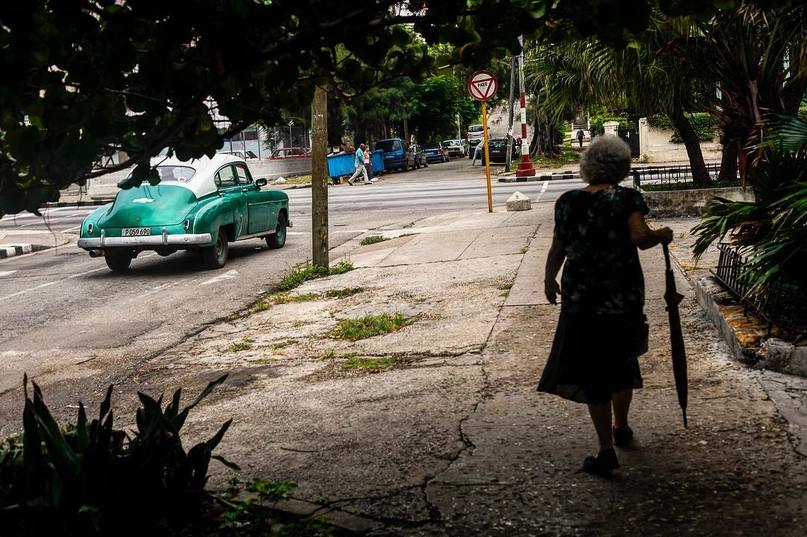
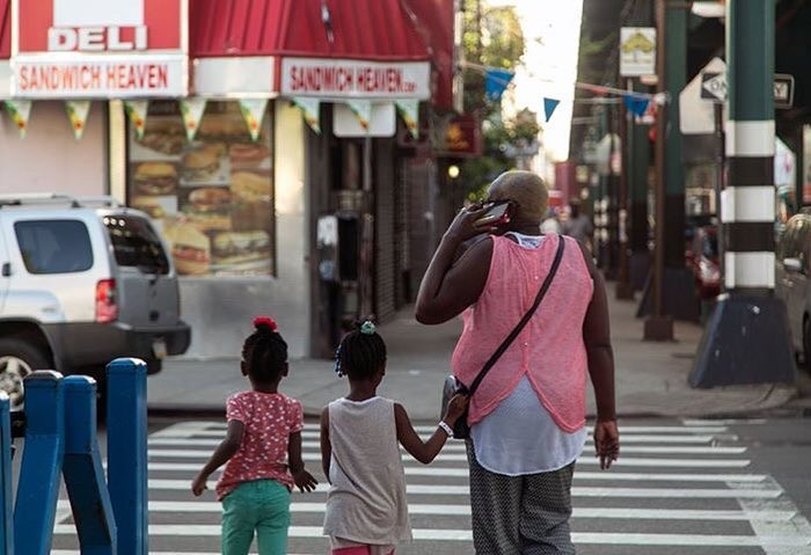
 RSS Feed
RSS Feed
